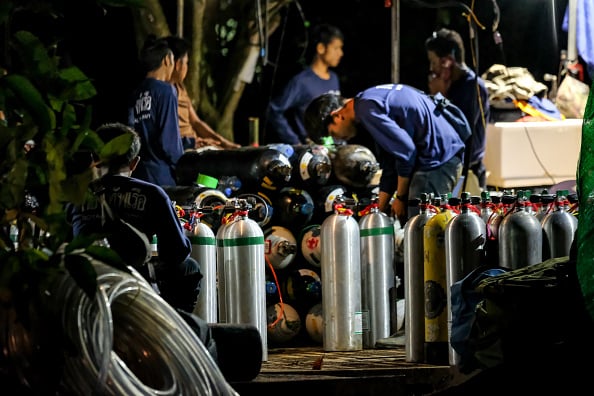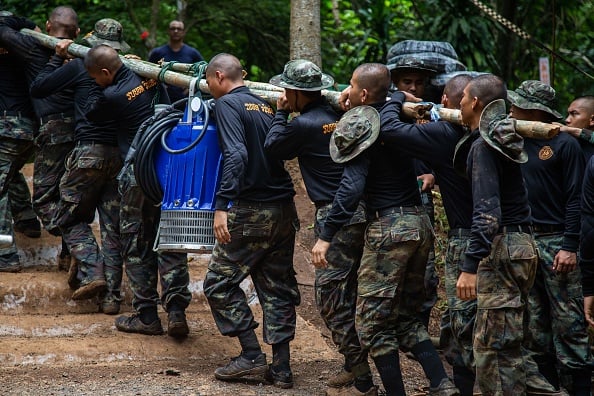
On Sunday, a complex operation began in Chiang Rai, Thailand, to rescue the 12 boys, aged 11-16, and their 25-year-old soccer coach, who are trapped inside a flooded cave.
On Tuesday night, that mission came to an end, as they were all brought to safety. The soccer team have been stuck for 17 days.
Just INCREDIBLE.
ALL of the boys and their coach have been rescued from the Tham Luang cave in Thailand.
LATEST: https://t.co/8xSugaOyB6 pic.twitter.com/MPr6Sdy8NZ
— 3AW Melbourne (@3AW693) July 10, 2018
ABC reported that the rescue trip with each boy was expected to take eight hours, and was an incredibly delicate operation. On their way out, the boys needed to dive and wade through muddy waters, which, in some parts, had almost no visibility.



Top Comments
May former Navy SEAL Saman Kunan RIP. Brave man.
hats off to recuers, an example of international coperation